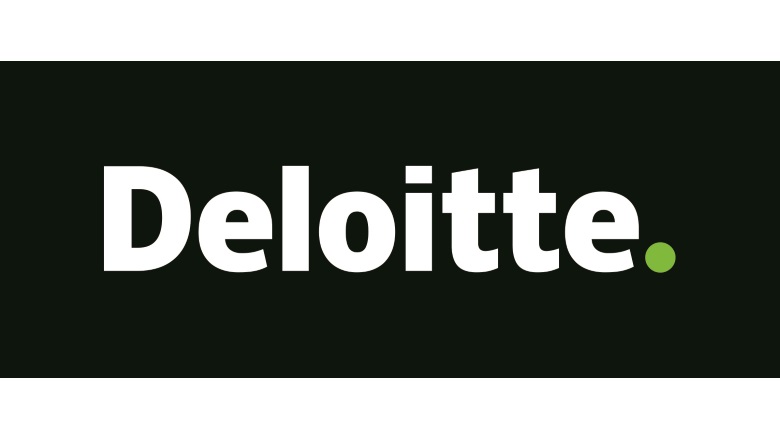
Barb Renner
Deloitte recently released its “2022 Consumer Products Industry Outlook,” a survey conducted in November 2021 of 100 senior CPG executives at companies with $1 billion in revenue. Key takeaways include:
- 9 in 10 executives surveyed say the industry must work harder to retain consumer trust
- 6 in 10 companies are making moderate to significant investments in increasing transparency in 2022
These investments in transparency include adding information on product labels and increasing overall consumer communication. These top companies are also collecting more detailed data from supply chains and improving safe data-sharing capabilities. They’re also increasing environmental, social, and governance (ESG) reporting.
These companies are also investing in the future. The survey found 72 percent of executives expect labor shortages to last throughout 2022 and beyond, so companies must devise strategies that strengthen the impact of the existing workforce while finding new sources of talent and investing in new technologies and automation.
In order to dig deeper into this report, we reached out to Barb Renner, vice chair and U.S. consumer products leader, Deloitte, Chicago.
Douglas J. Peckenpaugh: What were some of the key findings from Deloitte’s “2022 Consumer Products Industry Outlook” survey?
Barb Renner: The three key areas that we found in the survey are the supply chain, labor shortages, and rising prices. Food is a necessity. But how and what people are buying is changing, based on the price of food in the system right now.
One interesting finding is that 9 out of 10 of executives we surveyed believe their input costs will increase over the coming year. However, only half felt that they would be able to increase prices without causing decreases in demand. We do see that shifting now, and the number of companies that are going to have to increase pricing will likely go up beyond 50%.
DJP: So we’re seeing a reluctance to raise prices in order to compensate for the rising cost of inputs?
BR: Absolutely. So the input costs, the commodities themselves, are increasing. Transportation costs are increasing. Wages in the processing plants are increasing. So many cost components are increasing right now compared to past years. We have not seen a lot of price increases over the last several years.
DJP: How are food companies building more transparency into their business?
BR: Trust is interesting. It has always been a component, but I think because consumers have more information, transparency has become much more important. Maybe six years ago, it was price, convenience, and taste for food. Now there are a lot of other components. We can call it “social responsibility.” People need to trust that products will deliver on expectations.
Product labeling and information provided is much broader, including how the company treats its employees and its impact in the community. It’s how they source the product, and where they are getting the product from. So, when we talk about transparency, we’re seeing an ever-increasing demand from the consumer to better understanding the attributes that go through the life cycle of that product. When we talk about product attributes, we might think about the ingredients on the farm. Does it make good use of water resources? Was it grown on a farm governed by child labor laws? We also want to know that the product is fresh and maintained at the right temperature throughout the supply chain so that the quality of the food is as expected.
The consumer has been really getting to that level of desired transparency that you’re really telling a story and getting more insights of that product’s life cycle.
DJP: Ingredient progeny is now related to sustainability, as more people—and product developers—consider how a food’s ingredients are sourced, and how efficiently those ingredients are grown on the farm. As companies raise the veil a bit more around the life cycle of their products, it also likely encourages them down a path of better overall corporate sustainability.
BR: Absolutely. Also, food safety. Food safety goals have always been conversations in the industry, but, until recently, it wasn’t something that was demanded from the consumer. Companies have long made public commitments for sustainability, but they weren’t necessarily held accountable to ensure those sustainability goals were met. We now see that the accountability element is there. There are higher table stakes, especially if we have to see a price increase. There might be negative repercussions if a company isn’t able to provide that sustainability story through their products.
DJP: How is the American labor and workforce outlook for 2022?
BR: Current labor shortages impact all aspects of business. So companies are really trying to make certain that they’re able to attract, develop, and retain employees, so they want to make a longer-term commitment to the company.
We have been hearing about the “great resignation,” and we actually are kind of viewing it in a different way—more of a “great re-imagination” of work. In our “Future of Work” report, we were seeing much of a conversation of “humans and technology” versus the older way of thinking about “humans versus technology.” It’s much more of a coming together, and we’re seeing that accelerate now. Technology can do a certain task, but there likely needs to be a human oversight—a human connection to it. That’s really where I think we will see a shift, with more CPG companies doubling down on digital and leveraging technology. We’re seeing that companies are trying to help their employees develop skills, develop a new capability, so the employee feels like the company is moving them forward. It’s not that the robot is going to take their job. Now it’s how the robot can enhance their job, so the technology you are using can help you have more of an impact.







